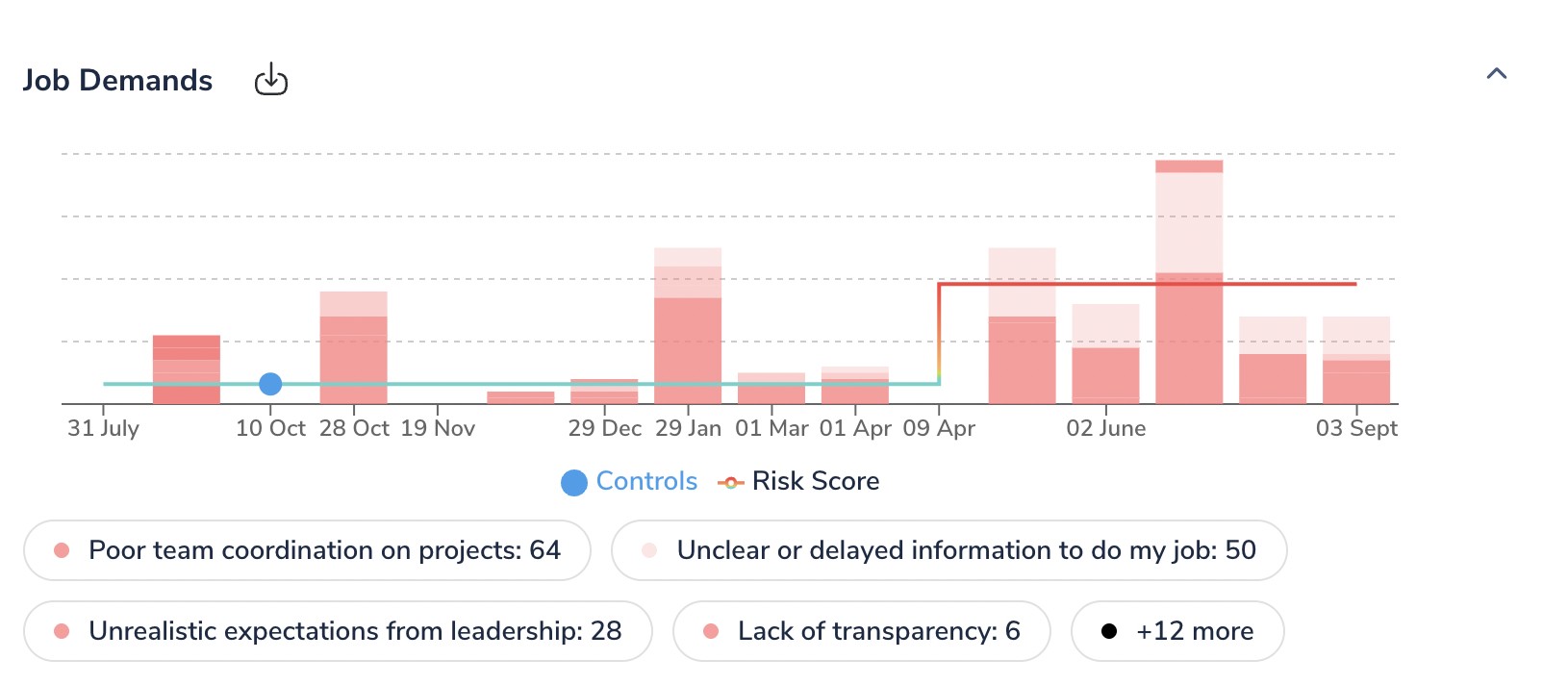.png)
A defensible process for team-based risk assessment
The difference between a strong defensible process and one that falls short is often simple: genuine consultation, and ongoing review.
In this newsletter, we break down a clear, phased process for completing a team-based psychosocial risk assessment. The goal is to give leaders a method that is:
- Defensible: meets consultation and due diligence requirements.
- Practical: provides evidence boards and regulators can rely on.
- Sustainable: integrates into existing systems without overloading staff.
By the end, you’ll see how each phase leads to a stronger, long-term approach to psychosocial safety.
Phase 1: Preparation & Leadership Alignment
Setting the foundation begins with clarity at the top.
- Workshops with boards and leaders to outline obligations under the WHS Act, Sexual Discrimination Act, and Human Rights Act.
- Clarifying who is an Officer and what due diligence looks like in practice.
- Establishing a clear rollout plan for the team-based assessment.
Outcome: Leaders understand their duties, the risks of non-compliance, and are aligned on the path forward.

Phase 2: Team-Based Risk Assessment
The core of the process is consultation, giving staff a genuine voice in identifying risks.
- A short, anonymous survey captures how staff experience psychosocial hazards such as job demands, poor support, or conflict.
- Findings are analysed into key themes.
- Identify existing and new controls from consultation with staff
- Workshops bring teams together to validate risks, surface existing controls, and propose new ones.
Outcome: A defensible Psychosocial Risk Register, grounded in consultation and evidence, that shows where controls exist and where improvements are needed.

Phase 3: Leadership Prioritisation
Turning insights into clear action.
- Present the risk register with existing and new controls to leadership.
- Gain agreement on which risks and controls to prioritise.
- Establish accountability for implementing and monitoring controls.
Outcome: A prioritised, actionable plan that demonstrates due diligence and ensures resources are directed where they are most needed.

Phase 4: Monitoring & Review
Keeping the process alive over time to ensure we continue to monitor control effectiveness.
- Bi-annual pulse surveys or during significant events provide “light-touch” monitoring.
- Updates to ensure risk register is up to date and controls are remaining effective.
- Board reporting includes risk radar visuals and compliance logs.
Outcome: A sustainable, ongoing system that supports compliance, accountability, and continuous improvement.

Why this matters
This process gives organisations the confidence that they can:
- Demonstrate compliance and due diligence.
- Build trust with staff through genuine consultation.
- Maintain a living, defensible system of psychosocial risk management.
By following these phases, you move from compliance on paper to a proactive and defensible approach to psychosocial risk management.
Another university under investigation
Last week we covered UTS and the scrutiny it faced from SafeWork NSW. This week, another university is in the spotlight. ANU is now under federal investigation after staff raised serious psychosocial concerns during major structural changes, with a cease-work order issued in one college.
These cases show how quickly psychosocial risk can escalate when organisations can’t present defensible evidence of consultation, controls, and monitoring. The consequences are not just improvement notices, they include regulatory probes, reputational/financial damage, and real harm to staff wellbeing.
.png)
.png)